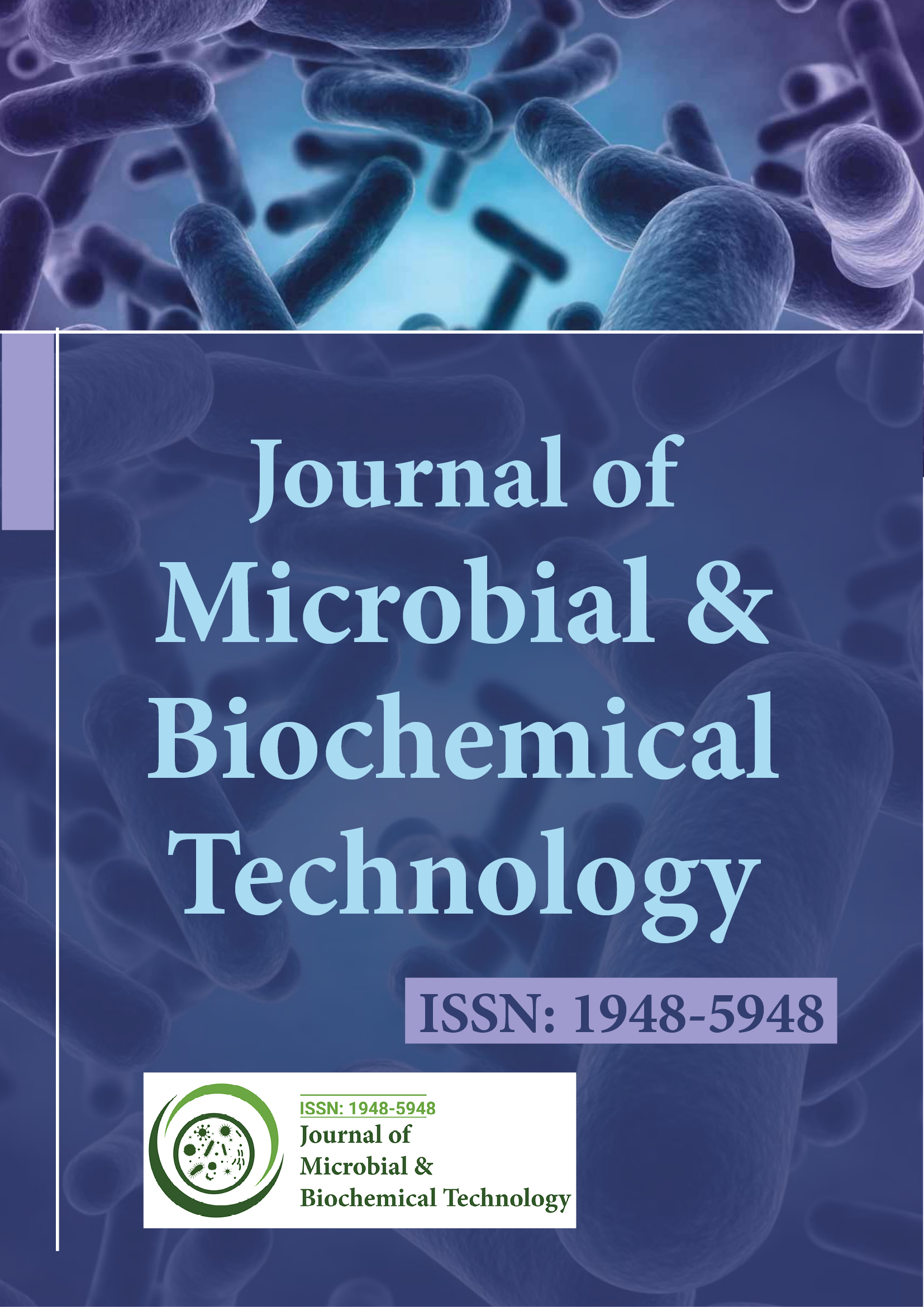Indexé dans
- Base de données des revues académiques
- Genamics JournalSeek
- Clés académiques
- JournalTOCs
- Infrastructure nationale des connaissances en Chine (CNKI)
- Scimago
- Accès à la recherche mondiale en ligne sur l'agriculture (AGORA)
- Bibliothèque des revues électroniques
- RechercheRef
- Répertoire d'indexation des revues de recherche (DRJI)
- Université Hamdard
- EBSCO AZ
- OCLC - WorldCat
- Catalogue en ligne SWB
- Bibliothèque virtuelle de biologie (vifabio)
- Publions
- MIAR
- Commission des bourses universitaires
- Fondation genevoise pour la formation et la recherche médicales
- Pub européen
- Google Scholar
Liens utiles
Partager cette page
Dépliant de journal

Revues en libre accès
- Agriculture et aquaculture
- Alimentation et nutrition
- Biochimie
- Bioinformatique et biologie des systèmes
- Business & Management
- Chimie
- Génétique et biologie moléculaire
- Immunologie & Microbiologie
- Ingénierie
- La science des matériaux
- Neurosciences & Psychologie
- Science générale
- Sciences cliniques
- Sciences environnementales
- Sciences médicales
- Sciences pharmaceutiques
- Sciences vétérinaires
- Soins infirmiers et soins de santé
Abstrait
Rôle potentiel des bactéries résistantes à l'arsenic dans la biorestauration : état actuel et perspectives d'avenir
Ghanshyam Kumar Satyapal, Shikha Rani, Mukund Kumar et Nitish Kumar
L'arsenic est connu comme un métalloïde toxique, qui existe principalement sous forme inorganique (AsIII et AsV). L'industrialisation et les activités anthropiques sont les sources d'arsenic dans l'environnement. Certains micro-organismes soumis à un stress dû aux métaux lourds ont développé une résistance contre eux et ont développé diverses stratégies pour résister au stress dû aux métaux. La détoxification de l'arsenic comprend l'absorption d'AsV sous forme de phosphate par les transporteurs de phosphate, l'absorption d'AsIII sous forme d'arsénite par les aquaglycéroporines, la réduction d'AsV en AsIII par l'arséniate réductase, l'oxydation et la méthylation d'AsIII par l'arséniate oxydase et la méthyltransférase respectivement et enfin l'extrusion ou la séquestration d'AsIII. De nombreuses bactéries ont été signalées comme ayant un potentiel redox pour l'arsenic. Certaines bactéries génétiquement modifiées ou modifiées, C. Glutamicum, ont été développées qui présentent une efficacité accrue pour la transformation de l'arsenic et pourraient être utilisées comme bioconteneurs pour la bioaccumulation de l'arsenic.